前言
這31首詩是中文詩集《另一種遙望》(台北麥田,2004)的英譯,詩作發表於2002–2004年台灣的期刊或報紙副刊,很多早在2000年便寫自香港城市大學客座時,另一些則是2003年在香港浸會大學做系列演講時寫就,那年SARS病毒傳染威脅,匆匆離港返回洛杉磯。
這四年間有機會旅行馬來西亞、台灣、及中國大陸各地,很多詩作不止是因某時某地而作,而是在這禮樂崩壞、人文潰敗的社會𥚃,一種出自內心尋找情感與智力平衡的回應。又因替大馬「星洲日報」兩年一次的<花蹤文學奬>擔任評委,常在半島北部檳城到南部新山旅行,馬六甲的文化傳承及雪蘭莪河的螢火蟲深深打動我心。我生長在葡萄牙屬地澳門,馬六甲全是葡荷殖民地氛圍,那兒不只運河、屋頂打空直通天井的深宅和樓梯、窄巷、商店,花草鳥禽都相似。
有晚趁黑在雪蘭莪河乘坐小船去紅樹林偷窺螢火蟲閃爍亮光,一閃一閃光亮是螢蟲找尋配偶的視覺信號。追憶那時靈光一剎,覺得人間世和螢火蟲甚為相似。茫茫人海𥚃,自有認識或不識的人,然而遇到或愛上又是多麼意料之外及幸福之事。那是巧遇?緣份?或命中註定?是的,人生苦短,螢火蟲更短,一般平均壽命只有兩月左右。那麼時間又是什麼?要多長才叫長命?要多短才算短命?
也曾登臨雪蘭莪山餵食猴子,牠們屬於亞洲及非洲的舊大陸猴,智慧頗高,依照靈長類進化趨勢,就是人類的早期原型了。看到牠們自山林衝出來,毫無疑問是一個部落,一個前人類部落,可以隨時聯想到許多人類學的配對。在飢餓與霸權世界𥚃,適者並不生存,也無優劣,強者才是優勝。
油甘子又稱滿剌加樹,應是始源印度,其熱帶/亞熱帶果子來自印度次大陸及東南亞,讓我想起童年的澳門,醃漬油甘子在街頭販賣,但我喜歡它的翠綠色澤多過味道。
有年在休士頓藝術博物館瀏覽中國古代瓷器,尢其是作為陪葬品的唐三彩陶俑。回洛杉磯後,花了七天時間寫了六首唐三彩詩。詩中陶俑不見得就是休士頓藝博館的俑器,它們很多是世界藝術界聞名的三彩俑。廿多年來,我自比較文學研究轉入跨學科文化藝術領域,涵蓋藝術史、考古學、歷史、文化研究、文學五個多元學科,同時開始從事「詠物詩」創作,那本來就屬古典詩的抒情傳統文類,因此這六首唐三彩詩不止是描述唐三彩俑,而是藉它們作為一種「角色」去召喚出中亞及南亞地區的特殊意義(駱駝、樂師,樂器),佛教影響(天王、鎮墓獸及武士),唐朝文化(汗血寶馬、騎士、盛妝婦人)。
今天臺灣現代詩的英譯,很少見到詩人自己動手翻譯他的作品,我如此做,當然不會讓自己濫用原創者「詩的特准」(poetic licence)去「重新創作」(re–creations)。相反,我竭力忠實於原來詩作,甚至在英譯裡犧牲英文句法的流暢,我覺得這仍是一本中書英譯詩歌,呈獻給西方讀者。
張錯 2019年夏天
Foreword
These thirty-one poems are translations of my original book of poems, Another Gaze (Taipei 2004). They were published from 2002-2004 in journals and major newspaper literary supplements in Taiwan, but many of them were written as early as the year 2000 when I taught at Hong Kong City University. Several poems came to be in 2003 when I gave a series of public lectures at Hong Kong Baptist University during SARS (Severe Acute Respiratory Syndrome) epidemic and had to return to Los Angeles rather hurriedly.
During these four years, I had the opportunity to travel regularly to Malaysia, Taiwan, and Mainland China and many of these poems were written not just to commemorate certain occasions but also in response to my inner quests for emotional-intellectual balance in a de-humanized, de-moralized world. I had served as a judge for a Malaysian Chinese newspaper’s bi-annual literature award for many years, and traveled extensively from the northern Penang region down to Johor Bahru on the southern tip of the peninsula. But Malacca and Selangor River struck me most with their cultural history and abundance of fireflies. I was born in Macau, and found myself completely immersed in a Portuguese-Dutch colonial ambience in Malacca. The canals, deep houses with stairs and inner courtyards open to the sky, alleys, and shops. Even the flora and fauna are much alike. It was in Selangor River that I travelled on a small boat in the dark of night to catch a glimpse of the blinking glow of fireflies in the mangrove. These intermittent blinking lights are optical signals for fireflies to find their potential mates. As I recall, it was quite an epiphany to realize that the human world is not much different from the world of fireflies. How inadvertent and fortunate we are to have met or loved someone among millions of people we know or don’t know? Is that coincidence or karma? Or fate that is pre-destined? Yes, life is short, but fireflies’ lives are even shorter; the average lifespan of fireflies is around two months. What is time? How long is a long life? How short is a life that is not long enough?
I also went to Selangor Hill to feed the monkeys. They were the “old world” monkeys that originated from Asia and Africa and are thought to be quite intelligent. According to trends of primate evolution, they are the early prototypes of humans. When I saw them rushing out of the woods, I had no doubt they were a tribe, a pre-human tribe, so to speak, and I thought of many anthropological counterparts. In a world of hunger and hegemony, it is not the “fittest” who survives, but rather the “strongest” who prevails.
Indian Gooseberry is also known as the Malacca tree though it is more likely to have originated in India. It is a tropical/subtropical fruit indigenous to the Indian subcontinent and South-east Asia. They remind me of my childhood in Macau, where Indian gooseberries were pickled and sold by street hawkers. I fell in love with them simply for their green jadeite hue more than their tastes.
I once visited Houston’s Museum of Fine Arts and browsed some Chinese antique porcelain wares, especially the funerary tri-color earthenware figurines from the Tang dynasty. After returning to Los Angeles, I spent seven days to finish six poems on tri-color figurines. The figurines I describe in my poems may not be the same from the Houston collection, but they are the Chinese tri-color figurines commonly known to the art world. For more than twenty years now, I have moved from the study of comparative literature to a multidisciplinary area of culture and arts, which requires simultaneous foci on art history, archaeology, history, cultural studies and literature. I also started writing poems on “things”, a major sub-genre in Chinese lyric poetry. Consequently, these six poems are not just delineations of tri-color figurines, but are used as “personae” to bring out their central and South Asian significance (camels, musicians, musical instruments), Buddhist influence (Heavenly Kings, monster tomb guards) and Tang culture (Ferghana horses, horseman, ladies in boudoir).
In the translation of modern Chinese poetry, it is rather rare for a poet himself to serve as a translator of his own works. In doing so, I am quite aware not to let myself fall into the trap of abusing my poetic license and fashion “re-creations” as an original creator. On the contrary, I have been quite faithful to my original poems, even to the point of sacrificing English syntactical fluency. I still feel they are Chinese poems translated and presented to an English reading audience.
Dominic Cheung (Chang Ts’o), Summer 2019



 天天爆殺
天天爆殺  今日66折
今日66折 
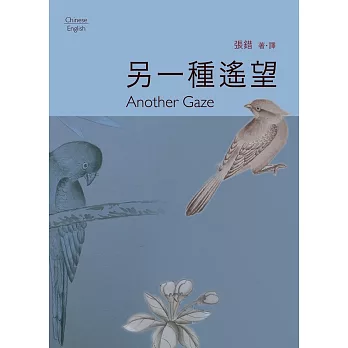
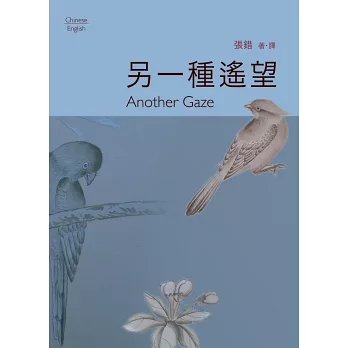
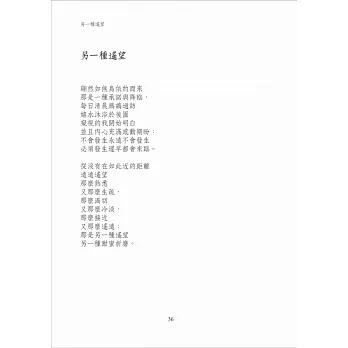
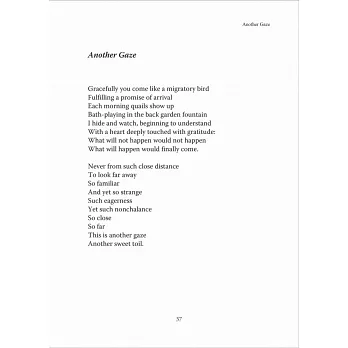
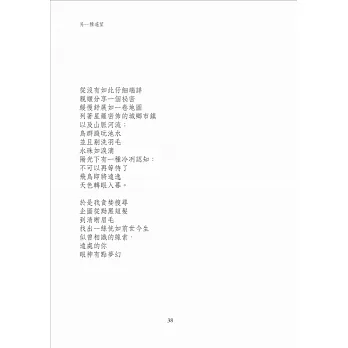
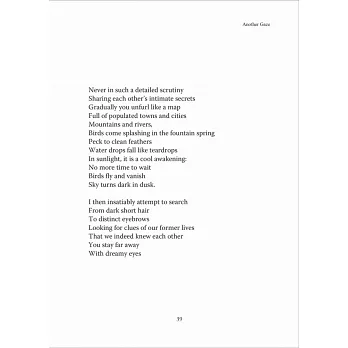

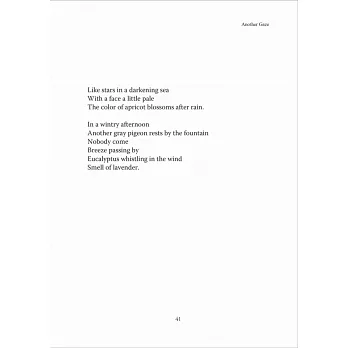


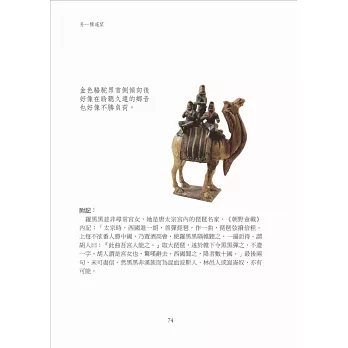
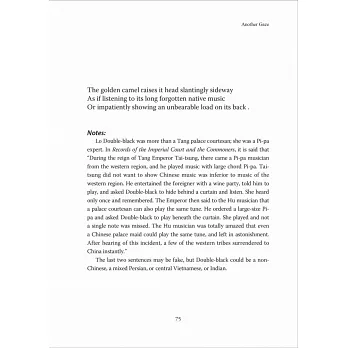


















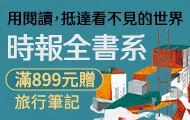
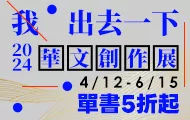

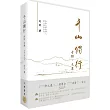

 博客來
博客來 博客來
博客來 博客來
博客來 博客來
博客來 博客來
博客來